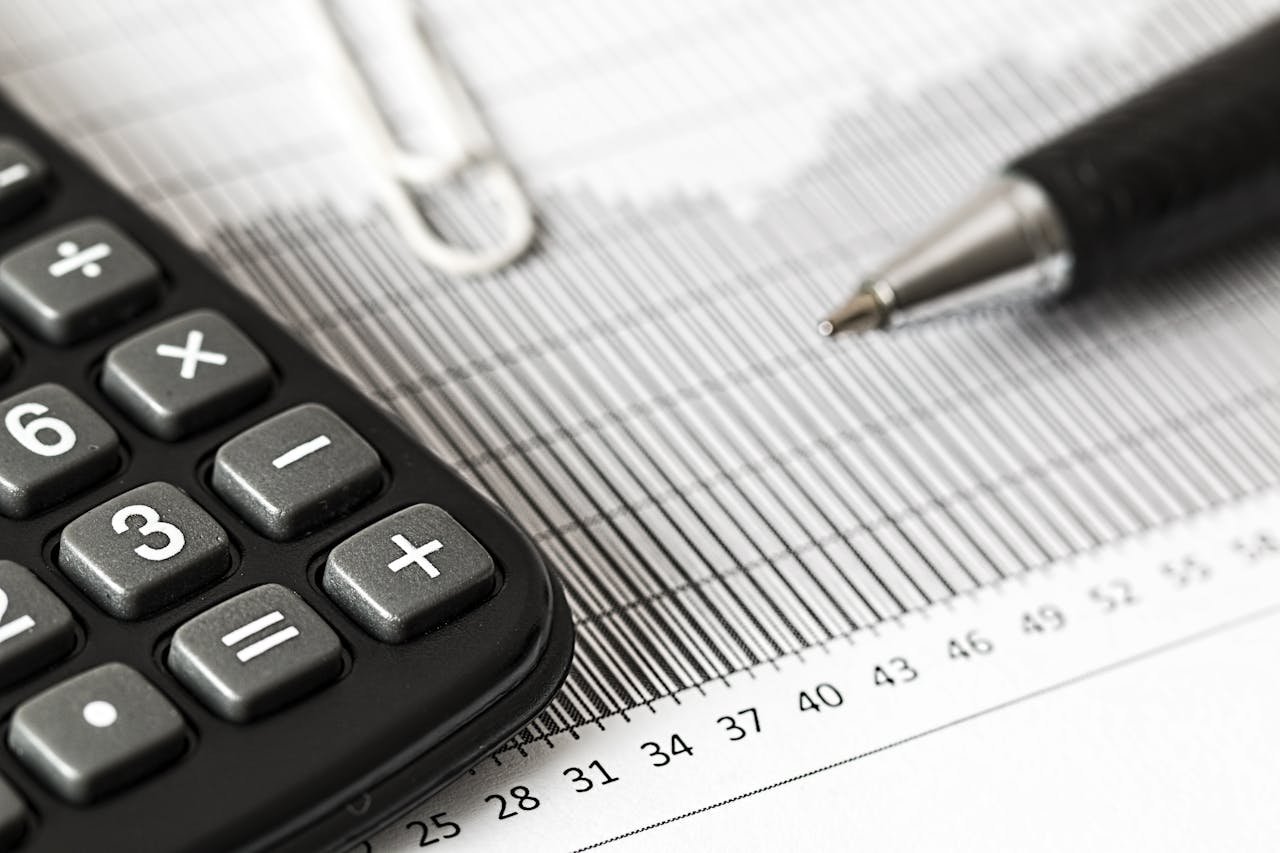Life is unpredictable—medical emergencies, job loss, or sudden expenses can hit anytime. If you don’t have a backup plan, you’re not financially free. That’s why building an Emergency Fund is your first and most important step toward financial stability.
Even if you’re living paycheck to paycheck, you can still build one—step by step.
💡 What is an Emergency Fund?
An emergency fund is a cash reserve that you set aside for unexpected expenses. It’s NOT for vacations, new phones, or shopping—it’s your financial shield against life’s surprises.
Ideal emergency fund = 3 to 6 months of living expenses
🛠️ Step-by-Step Guide to Build Your Emergency Fund
✅ Step 1: Calculate Your Monthly Essentials
List down your necessary monthly expenses like:
- Rent or EMI
- Groceries
- Bills (electricity, internet, etc.)
- Transportation
- Basic insurance
Let’s say your total essentials = ₹20,000/month.
Then your target emergency fund = ₹60,000 to ₹1,20,000
✅ Step 2: Open a Separate Savings Account
Don’t keep emergency funds in your regular account.
Open a separate bank account to avoid spending it accidentally. Choose an account that gives a decent interest rate and instant access.
✅ Step 3: Start Small, Stay Consistent
Even if you save ₹100 or ₹500 per week, it adds up.
The goal is consistency, not perfection.
“Don’t wait to save big—start saving small.”
Use automatic transfers (standing instructions) so saving becomes a habit.
✅ Step 4: Cut & Redirect Unnecessary Expenses
Cancel unused subscriptions, limit takeout food, or delay gadget upgrades.
Every rupee saved can go to your emergency fund.
Example: Skip 4 coffees/month = ₹800 saved
Redirect it straight to your fund.
✅ Step 5: Use Bonuses, Gifts, & Windfalls Smartly
Got a bonus? Diwali gift? Freelance money?
Put at least 50% of it into your emergency fund. These one-time incomes help grow the fund faster.
✅ Step 6: Don’t Touch It Unless It’s a Real Emergency
A sale on sneakers is not an emergency.
Use your emergency fund only for true emergencies, like:
- Medical bills
- Job loss
- Urgent home repairs
- Emergency travel
Replenish it immediately after use.
🧠 Pro Tips
- Don’t invest your emergency fund in stocks or mutual funds—it should be 100% liquid.
- Once your emergency fund is full, start investing for long-term goals.
- Use budgeting apps to track savings progress (like Walnut, Moneyfy, ET Money).
🏁 Final Thoughts
Your emergency fund is your financial seatbelt.
You hope you never need it—but if something hits, you’ll be glad it’s there.
Start today. Even if it’s ₹100.
Small savings create big security.



